Although funny to say it, for Mexicans, Christmas celebrations begins days before December 24th, on December 16th, the date when the first posada takes place. Some reading this may probably now wondering, "Well, what is a posada?" Or perhaps, if you have never questioned the origin of this celebration, you might find this article useful, where we'll tell you a bit about the origin, history, and ways of celebrating posadas.
Tracing the Roots: The Origin of Posadas
Posadas, with their origins in the colonial era, were initially conceived to supplant the Aztec festival of Panquetzaliztli, dedicated to Huitzilopochtli, the god of war. This festival spanned from December 16th to 26th. So, after Spanish colonization, missionary friars, in their quest to spread Catholicism, transformed these indigenous celebrations, replacing the figure of Huitzilopochtli with that of Mary and Joseph.
To do so, priests used dramatizations of Joseph and Virgin Mary's journey from Nazareth to Bethlehem and the birth of Jesus Christ to facilitate their evangelization efforts. These celebrations took place outdoors, in an open chapel set up in the atrium area, which accommodated dozens of parishioners. Thus, these popular December traditions emerged, which we Mexicans continue to celebrate and enjoy to this day.
The Celebration Unfolds
The word posada means inn or lodging, and traditionally posadas are a celebration of the Christmas story where Mary and Joseph went door after door seeking lodging before Jesus birth. Posadas are a traditional celebration held 9 days before Christmas, that is, from December 16th to 24th. Each of the nine days is meant to represent a value such as humility, strength, detachment, charity, trust, justice, purity, joy, and generosity.

At dusk, the guests at the posada are expected. But this is not just a gathering where there is food, drink, and music to dance to, no… in a Posada tradition dictates that a procession must be carried out. Children and adults go out into the streets to perform the "pilgrimage," which usually consists of visiting 9 houses - one per day - until finding the house where they are given shelter. The number of houses and even the space in which this is done usually changes, as it depends on the type of posada, for example, it might be just one symbolic house, or the entire community that joins in into the posada.
But, how do people do this pilmigrage? The group of guests is divided into two: the innkeepers and the pilgrims. During the pilgrimage, the litany is sung, and small lit candles are held.
As a Catholic tradition, some follow a statue known as "mystery" that can be of the figure of Mary, Joseph, an angel, or a donkey, and it is accompanied by popular songs and prayers. The images of Saint Joseph and the Virgin Mary are sometimes also carried, emulating their pilgrimage.
The pilgrims go around the entire street with a nativity scene, candles and singing litanies. The innkeepers respond to the pilgrims' litanies from the house. Upon reaching the door, where the innkeepers wait, a dialogue in the form of sung verses is held.
The first time the pilgrims ask for an inn, they refuse and they have to go around the street again. Yes, even if it's cold!
Once the pilgrims are finally granted shelter, everyone enters the home while singing traditional Posada verses and place the images on an altar or at the foot of the Christmas tree. The hosts of the posada then begin to distribute among the guests the famous aguinaldo bags with sweets called colación and seasonal fruits.
It is also customary to light sparklers and prepare Christmas punch with ingredients like cinnamon, tejocotes, guavas, and sugarcane (and sometimes even a spike, a touch of rum or brandy, to warm up). Then finally the food is distributed and this is where the lucky ones get to the exquisite buñuelos, tamales, and atoles.
The Traditional, Seven-Peaked Piñata
The climax of the posada occurs with the breaking of the piñata, filled with sweet treasures. The participants all sing and encourage the person hitting the piñata with traditional songs like: "¡No quiero oro, ni quiero plata, yo lo que quiero es romper la piñata! [ I don't want gold, nor do I want silver, what I want is to break the piñata!]" Or "¡Dale, dale, dale, no pierdas el tino, porque si lo pierdes, pierdes el camino! [Hit it, hit it, hit it, don't lose your aim, because if you lose it, you lose the way."

But it's not just any piñata; it must be star-shaped with seven peaks, in bright colors, representing the devil that tempts you to commit sin. With it, the struggle of men against the capital sins was intended to be represented. Lust, gluttony, greed, sloth, wrath, envy, and pride will be beaten by a stick adorned with colored paper that represents the strength with which you will destroy your sins. The sweets and fruits represented the riches of the kingdom of heaven. The lesson in breaking it is that sin can be overcome and the rewards received.
As we enter the season of posadas, it's an opportunity to come together, to share in the joy and to learn from each other. Whether one traces their roots back to Mexico or is experiencing this tradition for the first time, posadas offer a unique space for cultural exchange and celebration. They are an invitation to everyone to partake in the festive spirit, to enjoy the rich tapestry of stories, flavors, and customs that define this time-honored tradition.
The way of celebrating posadas has been changing over time, and elements typical of each region have been added. But they have always been characterized by color, songs, and traditional food. Children, youth, and adults come together to "ask for shelter" and celebrate that someone opened their doors and provided them with lodging.
Posadas are more than just a prelude to Christmas; they are a celebration of cultural heritage, a reminder of the enduring strength of community, and a showcase of the beauty that emerges when different cultures meet and mingle. As these nights unfold, let's embrace the spirit of posadas – a symbol of unity, joy, and the rich cultural mosaic that enriches our lives.
So, what are your thoughts? Were you familiar with Las Posadas? Have you ever been in one? If so, was it celebrated the same or differently? We would love to hear your experiences with a Posada! Are there any other symbols of Mexican culture you would like for us to address? Let us know in the comments below, we love to hear from you and try our best to write about all that you care about!
Don't forget to subscribe to our newsletter where we make sure to share this and many more cultural and historical content, and make sure to give our familia of subscribers exclusive promotions, gifts, first-hand look at all new products and, of course, these articles that we love to write for you all!

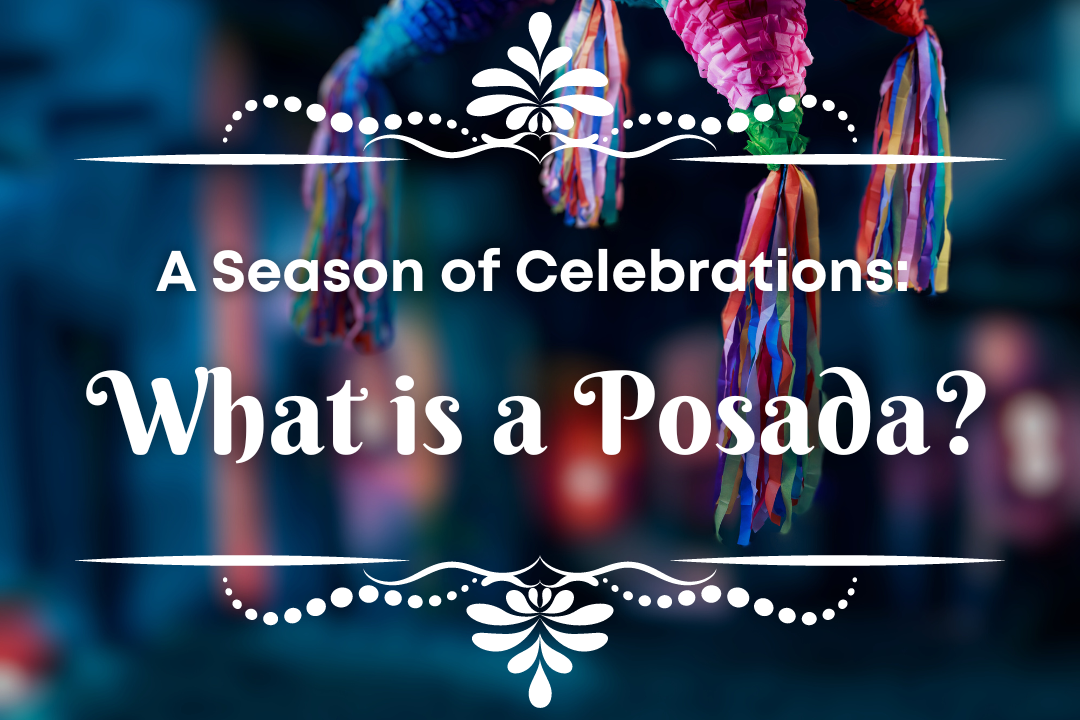
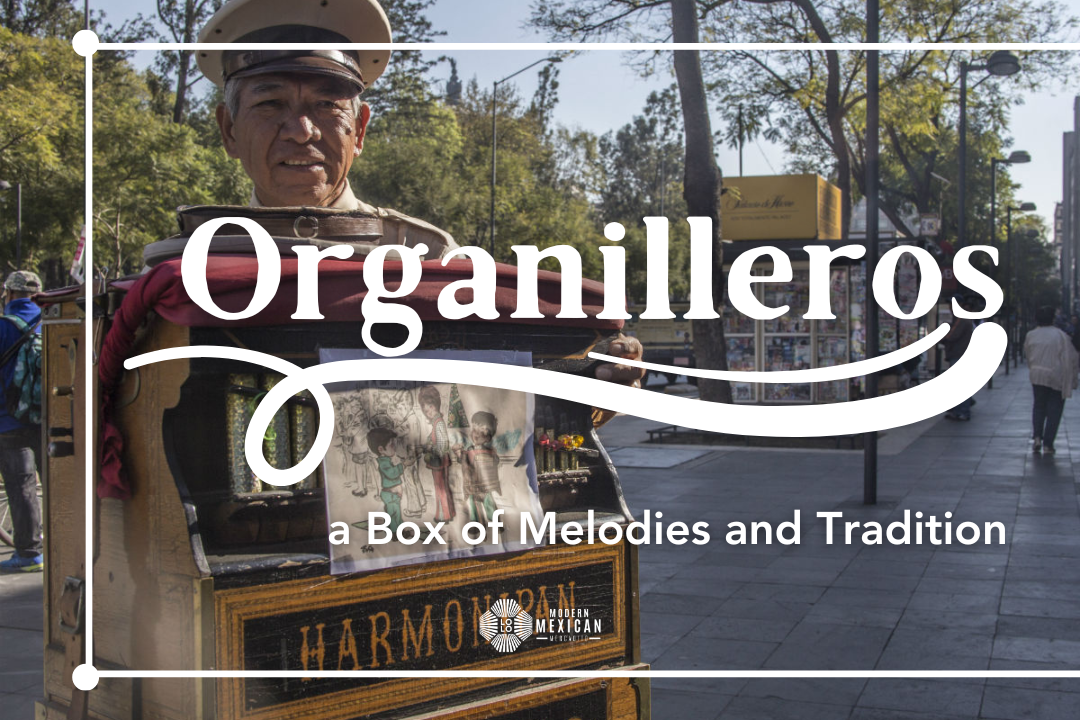
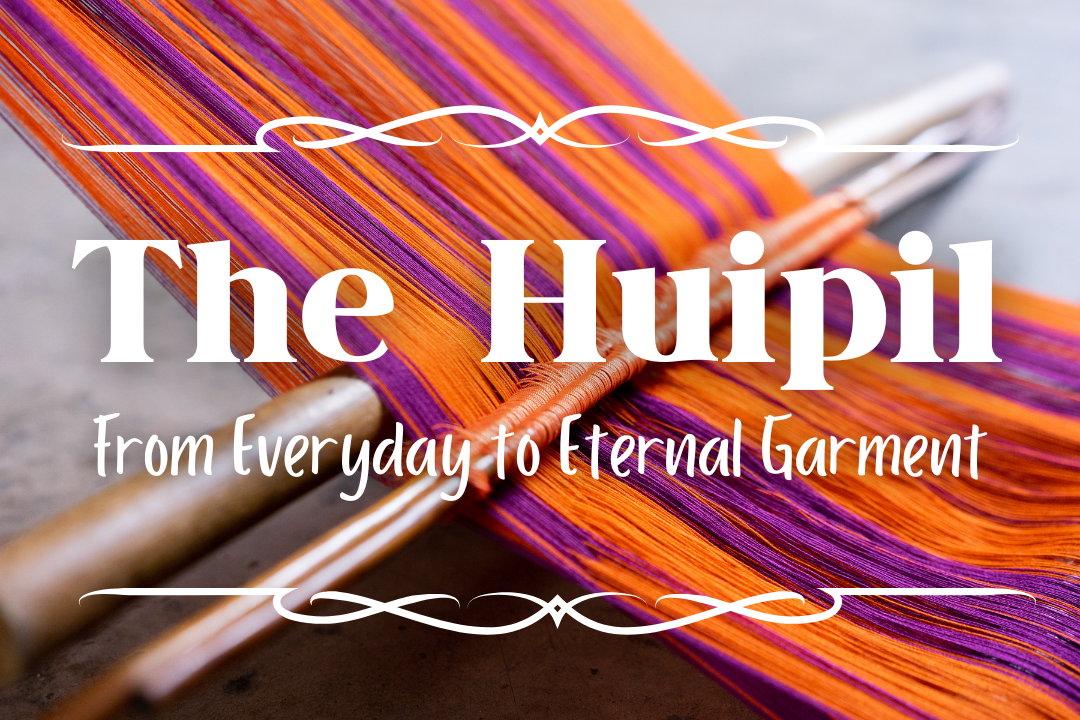
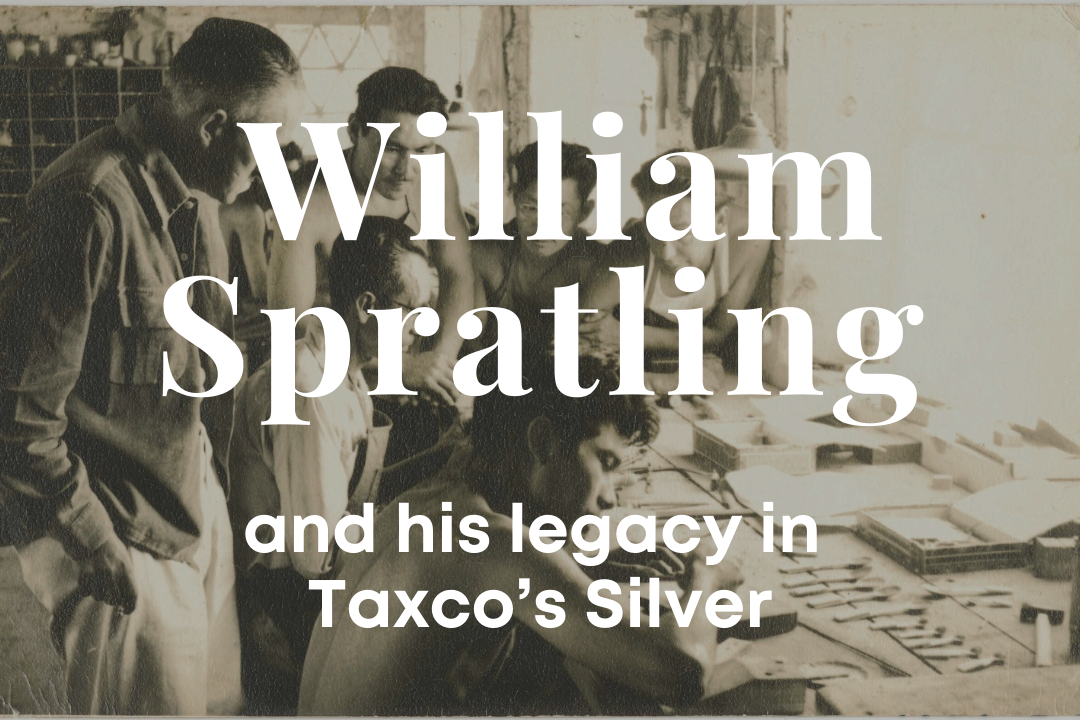
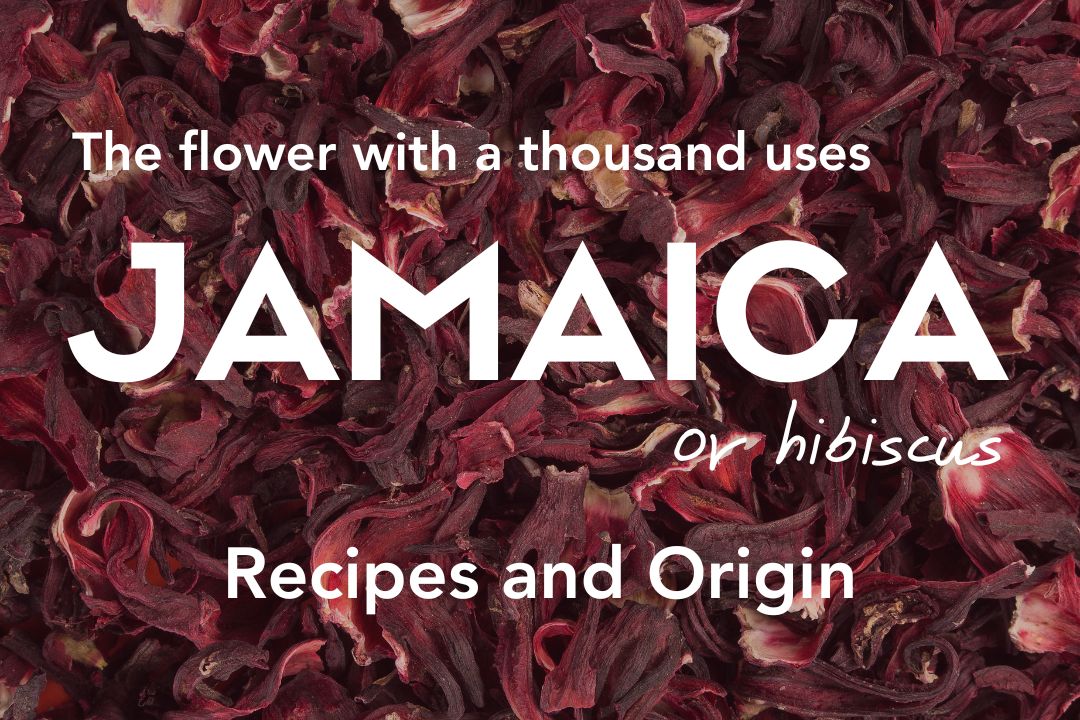
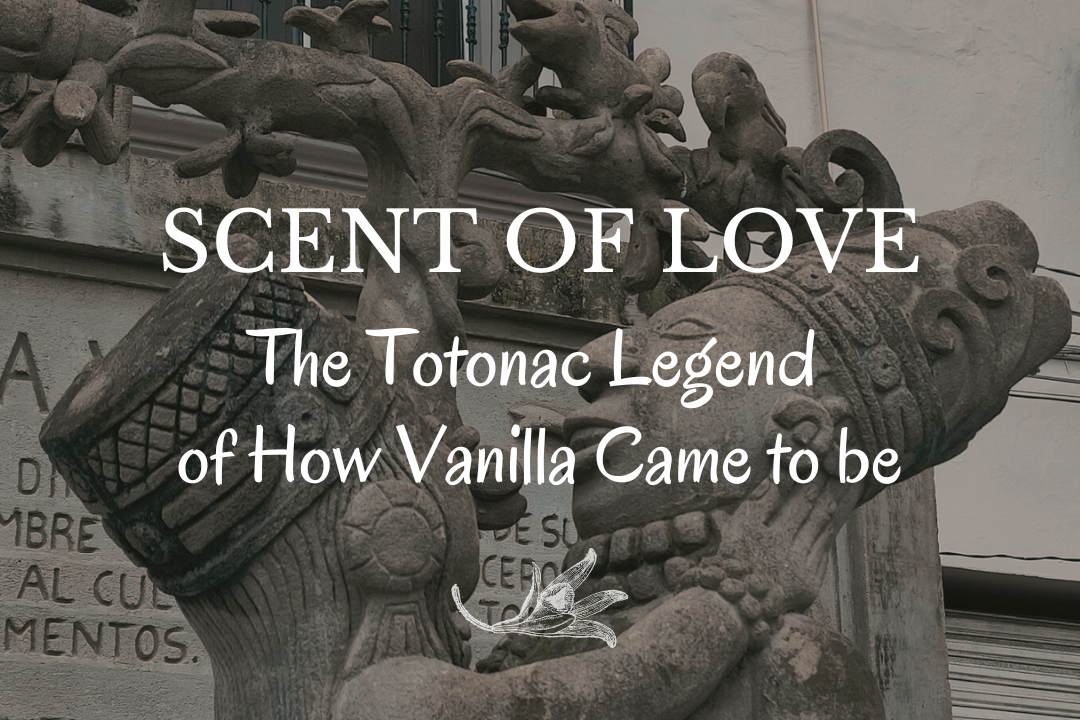
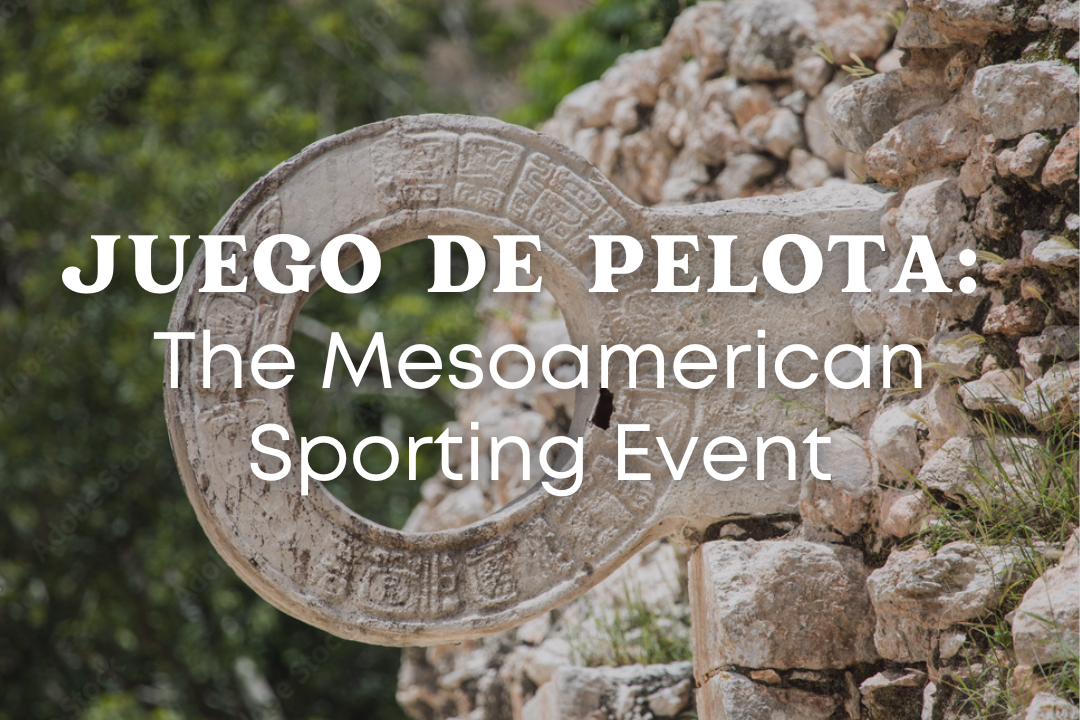

2 comments
Silavan Tellez
I love the posadas
Rebecca Smith
Beautiful! TY.